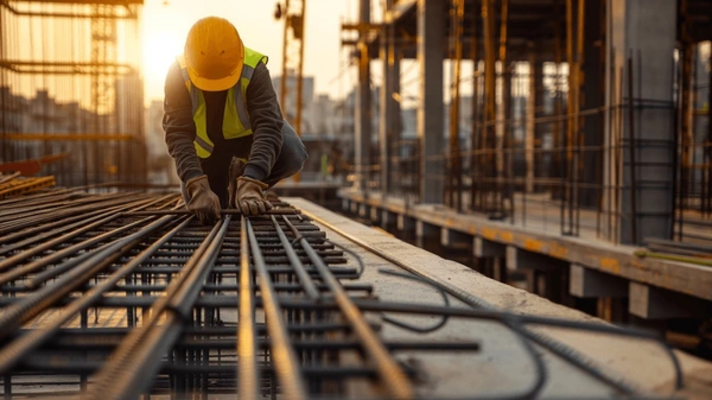
UK Construction Recovery Slows - But Momentum Holds Despite Challenges
13 August 2025 By Falmouth Fairfax
The UK construction sector continues its gradual rebound, though recent data indicates that progress has slowed. Workloads across most sectors remain flat, and while overall sentiment is cautiously optimistic, underlying challenges are keeping growth restrained. Industry forecasts suggest modest annual growth of around 2-3% through 2025, with stronger acceleration anticipated in the years that follow.
Key Growth Drivers: Infrastructure and Energy
Infrastructure continues to provide a backbone for the industry’s recovery. Investment in energy, water, and transport projects is driving much of the current activity. High-profile developments such as Hinkley Point C and major offshore wind installations remain vital, while long-term government funding plans are expected to fuel sustained output in these areas.
The housing sector, meanwhile, remains sluggish - impacted by planning delays, regulatory barriers, and affordability constraints. Nevertheless, policy commitments to boost residential construction signal intent to reverse the downturn, even if delivery has so far lagged behind ambition.
Labour Shortages and Rising Costs
A well-documented labour shortage remains one of the biggest hurdles facing UK construction. The sector is estimated to need over 250,000 new workers by 2028, but recruitment remains slow amid reduced EU labour migration and an ageing domestic workforce. Wage pressures are rising, with labour costs now climbing faster than materials in many regions.
These workforce constraints are not just pushing up costs - they are delaying project timelines and threatening the financial viability of planned developments. Without rapid intervention, these trends could erode fragile gains made since the pandemic.
Embracing Technology
In response to the labour crunch, the industry is turning to technology. The use of Building Information Modelling (BIM), offsite modular construction, and digital twin technology is becoming more widespread. These tools offer faster delivery, fewer on-site labour requirements, and more efficient maintenance planning.
Artificial intelligence and robotics are also making inroads - particularly in repetitive or hazardous tasks - while smart monitoring systems are beginning to reshape long-term asset management. Together, these innovations may provide a lifeline for an industry under pressure to modernise.
Regulatory and Political Shifts
Despite the uptick in digital solutions and infrastructure investment, recent months have seen setbacks. The July 2025 Construction Purchasing Managers’ Index recorded the sharpest drop in output since early 2020. Delays in the planning system and regulatory backlogs - especially around the new Building Safety Regulator - have further stifled progress, particularly in housing delivery.
However, political support for construction is growing. New government pledges include a ten-year, £725 billion infrastructure fund and targeted efforts to streamline planning and safety approvals. Meanwhile, a £100 million training package has been launched to develop a skilled workforce capable of meeting long-term demand.
The UK construction sector’s recovery remains delicately poised. While infrastructure investment and tech innovation provide strong foundations for future growth, real challenges persist in workforce capacity, regulatory reform, and residential supply. The coming years will be critical in determining whether current momentum can be turned into lasting, sustainable progress.
Sources: Build In Digital, Financial Times, The Guardian, UK Construction Blog, Property Investor Today, Construction Enquirer, RICS
